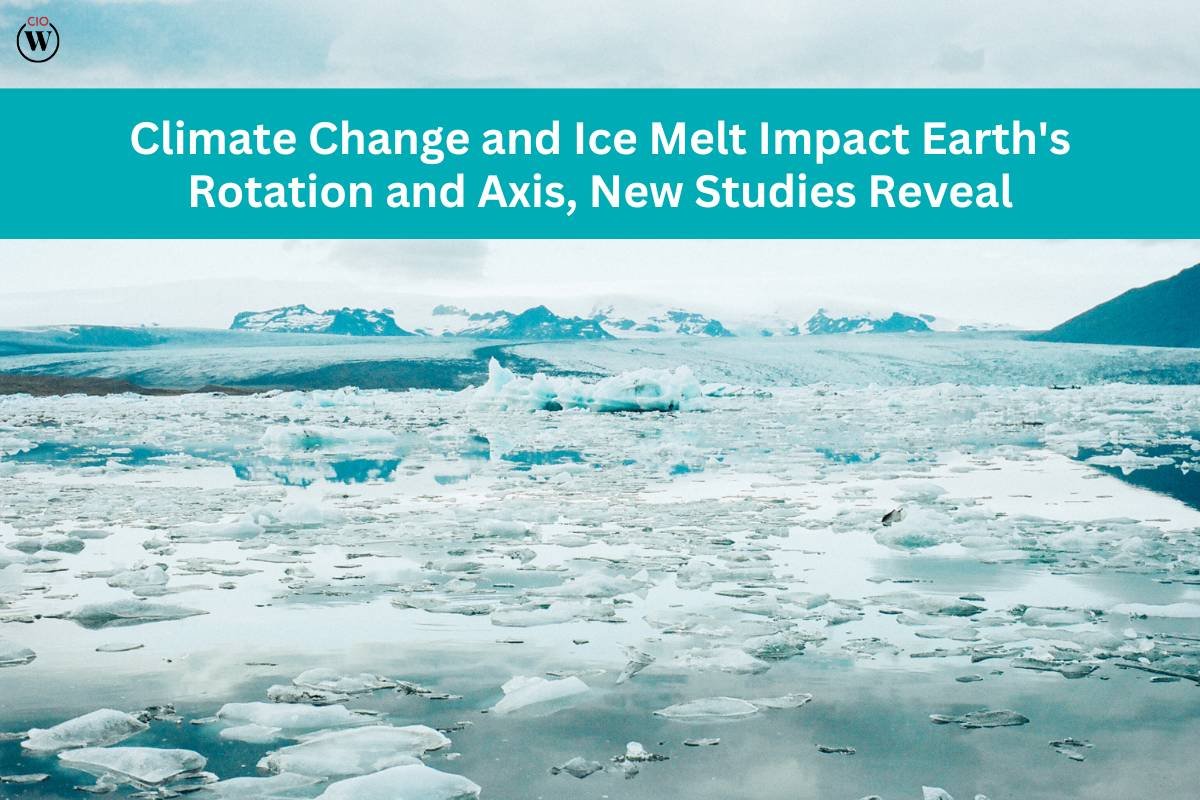Recent research published in the Proceedings of the National Academy of Sciences reveals that melting ice caps in Greenland and Antarctica are contributing to changes in Earth’s rotation. The influx of water from these polar regions into the world’s oceans, particularly near the equator, is causing Earth’s rotation to decelerate, thereby lengthening the duration of a day. This alteration, though seemingly minor in milliseconds, could have significant repercussions for global timekeeping systems, digital infrastructure, and GPS satellite accuracy. As Earth’s rotation slows, this could also impact space travel, presenting new challenges for both technology and exploration.
Mechanism Behind the Slowdown
According to the study, the redistribution of mass from polar ice melt to equatorial regions is increasing the drag on Earth’s rotation. Benedikt Soja, a Professor of Space Geodesy at ETH Zurich, compares this effect to a figure skater extending her arms during a spin. Just as the skater’s rotation slows when she spreads her arms, the increased distance of mass from Earth’s axis is causing the planet’s rotation to decelerate. This shift in mass and its effect on rotational speed highlights the profound impact of climate change on fundamental Earth processes.
Axis Movement and Long-Term Effects
In a related study published in Nature Geoscience, researchers have found that climate change is not only slowing Earth’s rotation but also altering its axial tilt. The axis of rotation, which moves approximately 30 feet (10 meters) every century, is being affected by both melting ice caps and internal Earth dynamics. This study, which utilized AI to track the movement of Earth’s rotational poles since 1900, confirms earlier observations by astronomers and satellites. The ongoing changes in Earth’s rotation and axial angle are attributed to conservation of angular momentum and adjustments within Earth’s core.
Insights on Earth’s Inner Core
This latest research follows recent findings that suggest a slight increase in the length of a day may also be linked to changes within Earth’s inner core. A sphere of solid iron-nickel located about 3,000 miles beneath the surface, Earth’s inner core is essential for generating the planet’s magnetic field. Recent seismic data indicates that the inner core has been slowing down relative to the planet’s surface since 2010. Researchers believe this deceleration is influenced by the movement of the liquid iron outer core and gravitational interactions with the mantle, further complicating our understanding of Earth’s rotational dynamics.
The convergence of these studies underscores the intricate relationship between climate change, ice melt, and the planet’s rotational mechanics. As scientists continue to investigate these phenomena, the broader implications for timekeeping, navigation, and even space exploration remain an area of active research and concern.
Also Read: Cleveland Mourns Officer Jamieson Ritter, Killed in Line of Duty









